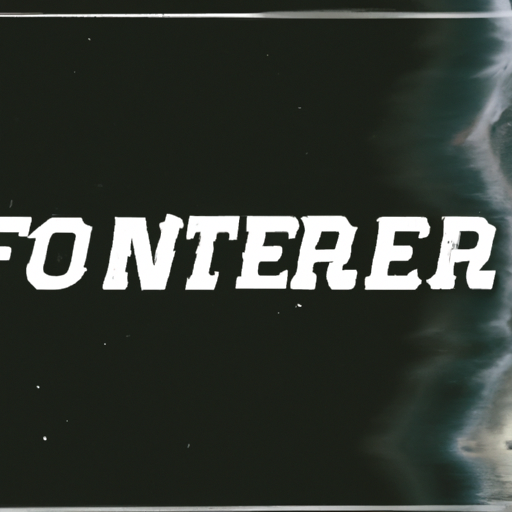Unlocking the Future: Demystifying Web3
Introduction to Web3 and its significance in the digital landscape

The digital landscape is constantly evolving, and with each new development comes a new frontier to explore. One such frontier is Web3, a term that has been gaining traction in recent years. But what exactly is Web3, and why is it significant?
To understand Web3, we must first look back at its predecessors. Web1, or the early days of the internet, was characterized by static websites and limited interactivity. It was a one-way street, with users consuming information but having little ability to contribute or interact. Then came Web2, the era of social media, e-commerce, and user-generated content. Web2 brought about a paradigm shift, empowering users to create and share their own content, fostering online communities, and enabling e-commerce transactions.
Now, Web3 is poised to take the digital landscape to new heights. At its core, Web3 is about decentralization and the use of blockchain technology. Blockchain, most commonly associated with cryptocurrencies like Bitcoin, is a distributed ledger that records transactions across multiple computers. This decentralized nature ensures transparency, security, and immutability, making it an ideal foundation for Web3 applications.
One of the key features of Web3 is the concept of self-sovereign identity. In the current digital landscape, our personal data is scattered across various platforms and controlled by centralized entities. Web3 aims to give individuals control over their own data, allowing them to decide who has access to it and how it is used. This shift towards self-sovereign identity has the potential to revolutionize privacy and security online.
Another significant aspect of Web3 is the rise of decentralized applications, or dApps. Unlike traditional applications that are owned and controlled by a single entity, dApps are built on blockchain technology and operate on a peer-to-peer network. This means that dApps are not subject to the whims of a central authority and cannot be censored or shut down easily. This opens up a world of possibilities for innovation and disruption across various industries.
Web3 also introduces the concept of smart contracts, which are self-executing contracts with the terms of the agreement directly written into code. Smart contracts eliminate the need for intermediaries, reducing costs and increasing efficiency. They can be used for a wide range of applications, from financial transactions to supply chain management, and have the potential to revolutionize how business is conducted.
The significance of Web3 lies in its potential to reshape the power dynamics of the digital landscape. With Web3, individuals have more control over their data, and centralized authorities have less power to exploit or manipulate it. This shift towards decentralization has the potential to democratize access to information, empower individuals, and foster innovation.
However, it is important to note that Web3 is still in its early stages, and there are challenges to overcome. The technology is complex, and widespread adoption will require user-friendly interfaces and scalable solutions. Additionally, there are regulatory and legal considerations that need to be addressed to ensure the responsible and ethical use of Web3 technologies.
In conclusion, Web3 represents a new frontier in the digital landscape, characterized by decentralization, blockchain technology, and self-sovereign identity. It has the potential to revolutionize how we interact online, giving individuals more control over their data and fostering innovation through decentralized applications and smart contracts. While there are challenges to overcome, the significance of Web3 cannot be understated. It is an exciting and transformative development that has the power to shape the future of the internet.



